It's another sunny day in Sun Valley
- Deborah Kade
- Sep 9, 2020
- 13 min read
Updated: Jan 10, 2021
Well, it's another sunny day in Sun Valley! The morning temperature was 38 (3.33 C) degrees and it warmed up to 71 (21 C). With the sun shining, the temperatures rise quickly.
We hiked today.

For breakfast, we decided to try the pastries at the Konditorei. Great choice!

Michael had a croissant and cinnamon roll. He said the cinnamon roll was squishy in the middle. That's just how I like it.


I had a bear claw and a blueberry danish. Delicious!! Can't wait to try something else on another day.

This is a wooden fork. They use greenstripe ECO products. Even the plastic cups are made with 100% renewable resources. And....it is compostable.

Our first stop was the Ketchum Cemetery. We walked 2200 steps around the cemetery. I prayed for people while I walked around. When in Europe, we always visit cemeteries. They are very fascinating places. You also learn many things about how people lived and how they enjoyed themselves, depending on their tombstone. In Switzerland, my favorites cemeteries are in Grindelwald and Lauterbrunnen. If you go to Paris, you must visit Père Lachaise Cemetery. The Ketchum Cemetery is the final resting place of Ernest Hemingway. Today, many people stopped by his grave to pay respects. Gretchen and Donald Fraser are buried here as well as Ann Sothern, Dick Barrymore and many relatives of Ernest Hemingway.


Do you know the story about leaving coins on tombstones on military graves?
"While visiting some cemeteries you may notice that headstones marking certain graves have coins on them, left by previous visitors to the grave.
These coins have distinct meanings when left on the headstones of those who gave their life while serving in America’s military, and these meanings vary depending on the denomination of coin.
A coin left on a headstone or at the grave site is meant as a message to the deceased soldier’s family that someone else has visited the grave to pay respect.
Leaving a penny at the grave means simply that you visited.
Leaving a nickel indicates that you and the deceased trained at boot camp together.
Leaving a dime means you served together in some capacity.
Leaving a quarter at the grave, you are telling the family that you were with the soldier when they were killed.
According to tradition, the money left at graves in national cemeteries and state veterans cemeteries is eventually collected, and the funds are put toward maintaining the cemetery or paying burial costs for indigent veterans.
In the US, this practice became common during the Vietnam war, due to the political divide in the country over the war, leaving a coin was seen as a more practical way to communicate that you had visited the grave than contacting the soldier’s family, which could devolve into an uncomfortable argument over politics relating to the war."
Some Vietnam veterans would leave coins as a “down payment” to buy their fallen comrades a beer or play a hand of cards when they would finally be reunited.
The tradition of leaving coins on the headstones of military men and women can be traced to as far back as the Roman Empire."
For non-military members
"For non-military members, coins on the grave are a practical way to honor a loved one. First of all, they’re a way to pay respects and offer good luck to the deceased. Why are coins (pennies in particular) a sign of luck? Ben Franklin might be to blame.
Ben Franklin famously said, “a penny saved, is a penny earned.” Because of his famous saying about the importance of personal finance, visitors to his Pennsylvania gravesite developed the tradition of tossing pennies on his grave. Today, the gravestone itself is severely damaged from hundreds of years of coin tossing. While efforts are underway to fix his grave, many have adopted this good luck tradition of tossing pennies into the graves of their loved ones.
In other cultures outside of the United States, coins are a practical solution. The main reason is that leaving coins on graves is less expensive than flowers. Coins, food, trinkets, and other mementos are popular in Latin America, Europe, Asia, and beyond.
Today, people leave coins as a sign of respect. It shows the world that the deceased is still in the family’s thoughts, and they also last longer than flowers. Think of these coins as a symbol. They’re a lasting way to emphasize the value of the dead in many cultures."
"Putting coins on graves dates back centuries. The history behind this tradition within Greek mythology might surprise you, especially since it’s adapted for military use today.
Again, it all comes back to paying homage to the deceased and aiding them in their afterlife.
Charon’s obol
Though you’ve probably never heard this term before, “Charon’s obol” has a lot of significance in Greek mythology. Dating back to the ancient Greeks, this myth reflects the history behind an ancient custom. As soon as Greece created its own monetary system, this became a common practice.
So what myth does Charon's obol refer to? Charon is the ferryman who brings souls across the river from the world of the living to the world of the dead. The term “obol” refers to the payment or bribe intended for Charon. In essence, this was a way for the family to “pay” for their loved one’s passage into the afterlife.
Typically, the family placed the coin in the mouth of the deceased. Later, they were also placed over the eyes. The family buried their loved ones with this coin. There were coins specifically used as Charon’s obol, and they usually were too thin for normal use as a payment. Charon’s obol began in Greece, but it spread throughout the New East, western Europe, and beyond.
Today, small coins are still left on many grave sites. Coins are cheaper than flowers in many places, so coins follow grave flower etiquette. In many cultures, this is a way to assist with their loved one’s passage into the next life.
While most people don’t believe they’re paying Charon his bribe, the intention of safe passage is still the same."
History about Ernest Hemingway

"Ernest Hemingway was born at Oak Park, Illinois, grew-up in the Chicago suburbs while spending summers at the family’s waterfront home on Bear Lake. Ernest Hemingway was one of six children of a strict doctor, who gave him a passion for fishing and hunting, and a music teacher mother who cultivated a cultural knowledge of music and literature. He spoke often of his ideal, happy childhood. After his high school graduation, he began his writing career as a reporter followed by a dangerous lifestyle which bordered on the hair raising. At nineteen, he was almost killed by shrapnel while driving an ambulance in Italy. A wild-game safari in Africa saw him surviving two plane crashes in the African jungle, and during the Spanish Civil War, he joined the Republic forces as an ambulance driver surviving many close calls. His adventurous life provided him with material for many of his novels: "A Farewell to Arms," "Death in the Afternoon," "The Green Hills of Africa" and "For Whom the Bell Tolls," deemed to be his greatest novel. Hemingway is also the author of a remarkable collection of short stories. His book, "The Old Man and the Sea" became a motion picture. The plane crashes, drinking, hard work and play finally took its toll. He settled in Ketchum, Idaho, his favorite hunting area, already suffering from severe depression because of health issues, finances and even the fear of losing his home in Cuba now controlled by the Castro regime. His worries here were groundless, as the Cuban government has preserved everything from his residence and even his fishing boat while constructing a memorial in Cojimar. Hemingway was known for his passionate living, full of drinking, hunting, womanizing, and of course, writing. In his final days, Hemingway was extremely ill and increasingly paranoid, rarely leaving his home near the woods of Ketchum. The Nobel and Pulitzer Prize winner followed in his father’s suicide footsteps imitating him by taking his own life after attending a dinner at a Ketchum restaurant at the age of sixty one. His funeral was a scaled down Catholic service because of his many marriages. His body was transported from the funeral home in nearby Hailey to a small waiting group of his immediate family and about fifty invited friends at the Ketchum Cemetery. Father Robert J. Waldmann, the local priest conducted a brief graveside committal service and the prolific writer was interred. Despite his legacy of loud boozing and masculine myth-making the actual grave of famed author Ernest Hemingway is a flat, unadorned slab. However that has not stopped his fans from leaving booze and flowers to this day.
His headstone is a long rectangle set into the grass bearing simply his name and the dates of his life.
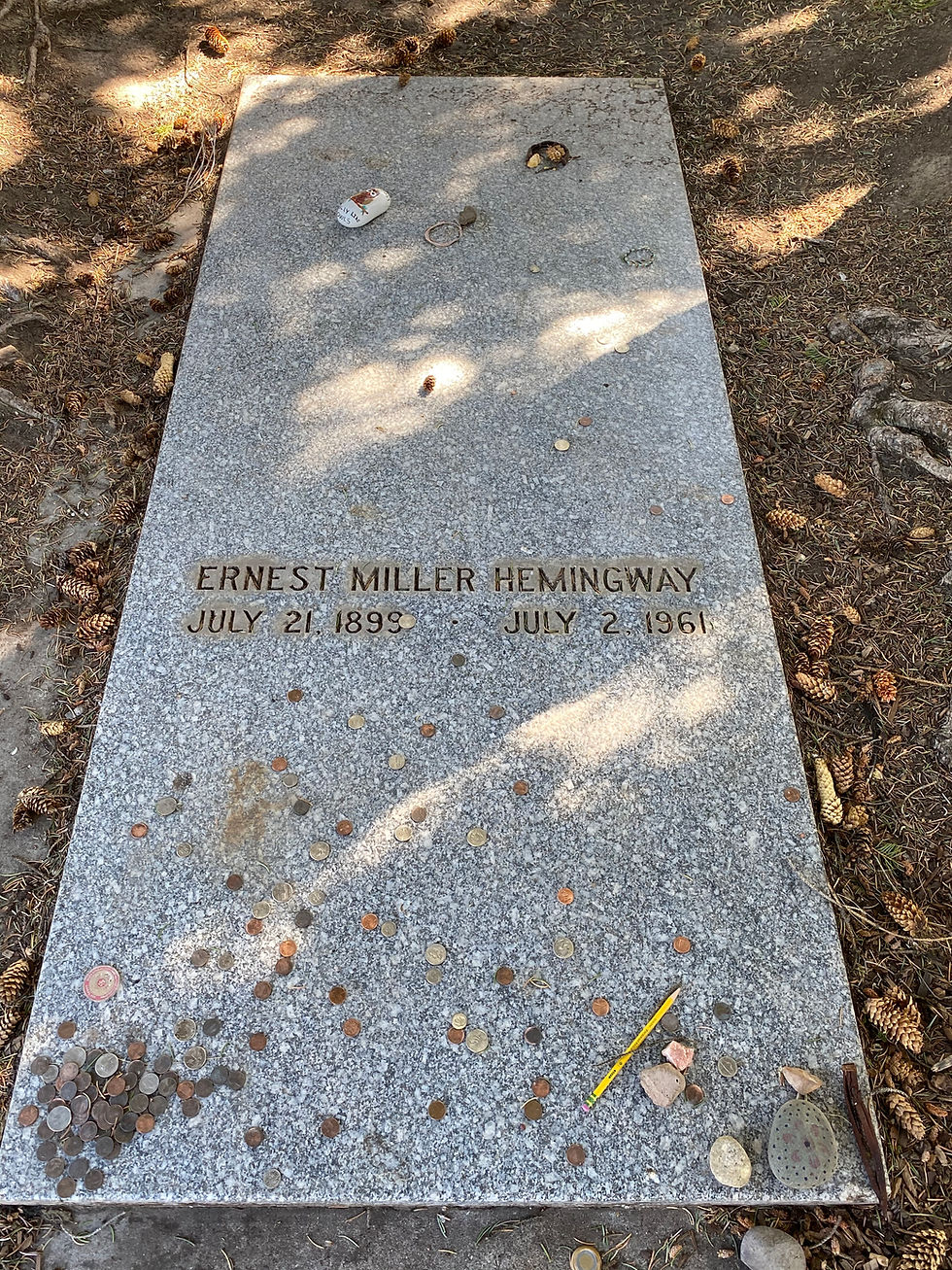
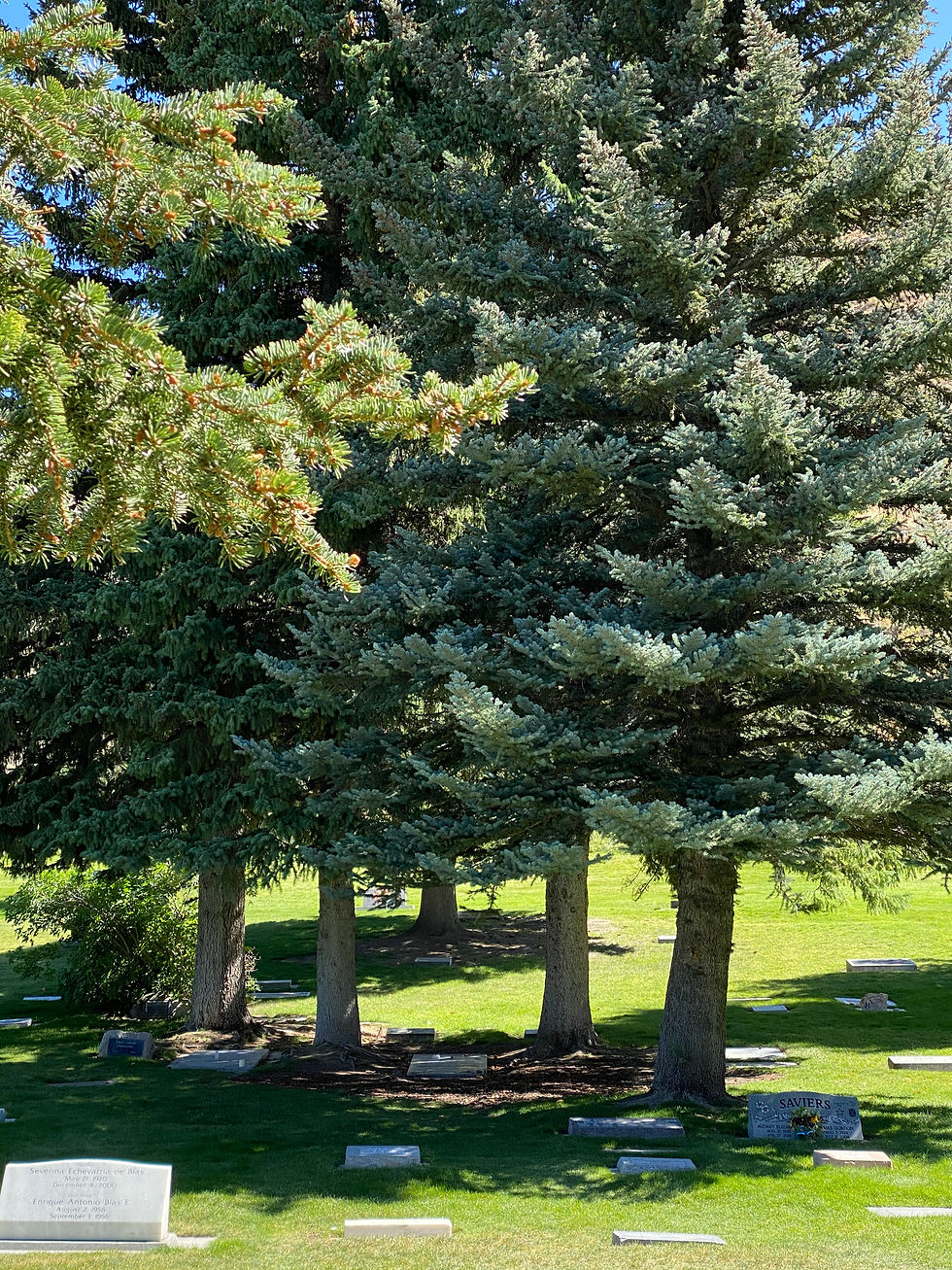
Hemingway’s fame is even greater today than it was during his life, bolstered by his blustery legend. Fans still make pilgrimage to his grave leaving behind coins, flowers, and half-drunk bottles of alcohol as tribute. There is no epitaph on the stone, but there are few people who would not already know of his enduring legacy."Heminway's legacy is probably the best preserved of all American authors. His homes in Key West, Florida, Cojimar, Cuba and Ketchum, Idaho have been saved becoming popular tourist destinations. The postal service has honored him with a commemorative stamp while American schools extol his writings making them required reading. In a bit of trivia...Even though Hemingway was an ardent hunter, he had a soft spot for pets of every description. Legions of cats roamed his Villas and always a dog or two were nestled by his feet. A small dog cemetery located at Museo Ernest Hemingway in Cuba is testament to his caring nature. His former residence in Key West, Florida, also a museum, is constantly overrun with cats that are direct descendants from his original pets and are always available for adoption."
One of the people whom stopped left Ernest a pen.

Hemingway's family are buried close by.
John "Jack" H.N. Hemingway
"John Hadley Nicanor Hemingway(October 10, 1923 – December 1, 2000) was a Canadian-American fly fisherman, conservationist, and writer. He was the son of American novelist and Nobel Prize-laureate Ernest Hemingway.
Jack Hemingway was born in Toronto, Ontario, Canada, the only child of American writer Ernest Hemingway and his first wife Hadley Richardson. He later gained two half-brothers, Patrick and Gregory, from Hemingway's marriage to Pauline Pfeiffer.
Throughout his life, Jack was considered by many to bear a strong physical resemblance to his father, but was more like his mother in temperament: "good-natured and even-tempered, and not particularly driven". He was named for his mother, and for the Spanish matador Nicanor Villalta y Serrés whom his father admired. Gertrude Stein and Alice B. Toklas were his godparents. Nicknamed Bumby as a toddler by his mother "because of his plump teddy-bear qualities", he spent his early years in Paris and the Austrian Alps."

"Margot Louise "Margaux" Hemingway (February 16, 1954 – July 1, 1996) was an American fashion model and actress. Hemingway earned success as a supermodel in the mid-1970s appearing on the covers of Cosmopolitan, Elle, Harper's Bazaar, Vogue and Time.
She signed a million-dollar contract for Fabergé as the spokes model for Babe perfume. She was the granddaughter of writer Ernest Hemingway. Her later years were marred by highly publicized episodes of addiction and depression, before her suicide from a drug overdose on July 1, 1996 at the age of 42."
"Movie Actress and Model.
She was featured in 16 films, from 1976 to 1996, most of the films were minor. Born in Portland, Oregon, she grew up on a farm in Ketchum, Idaho. Her father, Jack Hemingway, was the son of Nobel prize author Ernest Hemingway. By 1975, when she was 21, she had a budding film career, a million dollar contract with Faberge perfume, and her face was on numerous magazines around the world. She was married twice, to Erroll Wetson (1977 to 1978) and to Bernard Foucher (1979 to 1982), with both marriages ending in divorce. By 1986, she was having financial problems and trouble finding work, and she turned to alcohol to ease her problems. In 1988, she checked herself into the Betty Ford Center for rehabilitation from an alcohol problem. She supported herself later in life by autographing her photos from Playboy Magazine, and working on a psychic telephone hotline. By 1995, she lived alone, with no children, no husband or boyfriend, and few friends. She was last seen alive on June 29. She was found by police on her bed, with her legs propped up on a pillow, and a book in her lap. She left no note. After her death, her sister, Mariel Hemingway, stated that she believed Margeaux died of an epileptic seizure (as originally reported by the coroner), and not from an accidental drug overdose, as reported by the police."

Byra Louise Hemingway,"Puck", was the second wife of John Hemingway, mother of Joan Whittlesey Hemingway (aka Muffet Hemingway) and Mariel Hemingway. Died of cancer.

Ann Sothern

"Ann Sothern (born Harriette Arlene Lake; January 22, 1909 – March 15, 2001) was an American actress who worked on stage, radio, film, and television, in a career that spanned nearly six decades. Sothern began her career in the late 1920s in bit parts in films. In 1930, she made her Broadway stage debut and soon worked her way up to starring roles. In 1939, MGM cast her as Maisie Ravier, a brash yet lovable Brooklyn showgirl. The character, based on the Maisie short stories by Nell Martin, proved to be popular and spawned a successful film series (Congo Maisie, Gold Rush Maisie, Up Goes Maisie, etc and a network radio series (The Adventures of Maisie).

In 1953, Sothern moved into television as the star of her own sitcom Private Secretary. The series aired for five seasons on CBS and earned Sothern three Primetime Emmy Award nominations. In 1958, she starred in another sitcom for CBS, The Ann Sothern Show, which aired for three seasons. From 1965 to 1966, Sothern provided the voice of Gladys Crabtree, the title character in the sitcom My Mother the Car. I used to watch these shows with my grandmother. She continued her career throughout the late 1960s with stage and film appearances and guest-starring roles on television. Due to health issues, she worked sporadically during the 1970's and 1980's.

In 1987, Sothern appeared in her final film The Whales of August starring Bette Davis and Lillian Gish.. Sothern earned her only Oscar nomination for Best Supporting Actress for her role in the film. After filming concluded, she retired to Ketchum, Idaho where she spent her remaining years before her death from heart failure in March 2001. Lucille Ball, whom she appeared alongside on Ball's program The Lucy Show on multiple occasions, called Sothern "the best comedian in the business, bar none."
Dick Barrymore
Dick Barrymore(October 21, 1933 in Los Angeles – August 1, 2008 in Ketchum, Idaho) was an American ski film maker of the 1960's and 1970's and an advocate of "hot dogging" (early freestyle skiing).

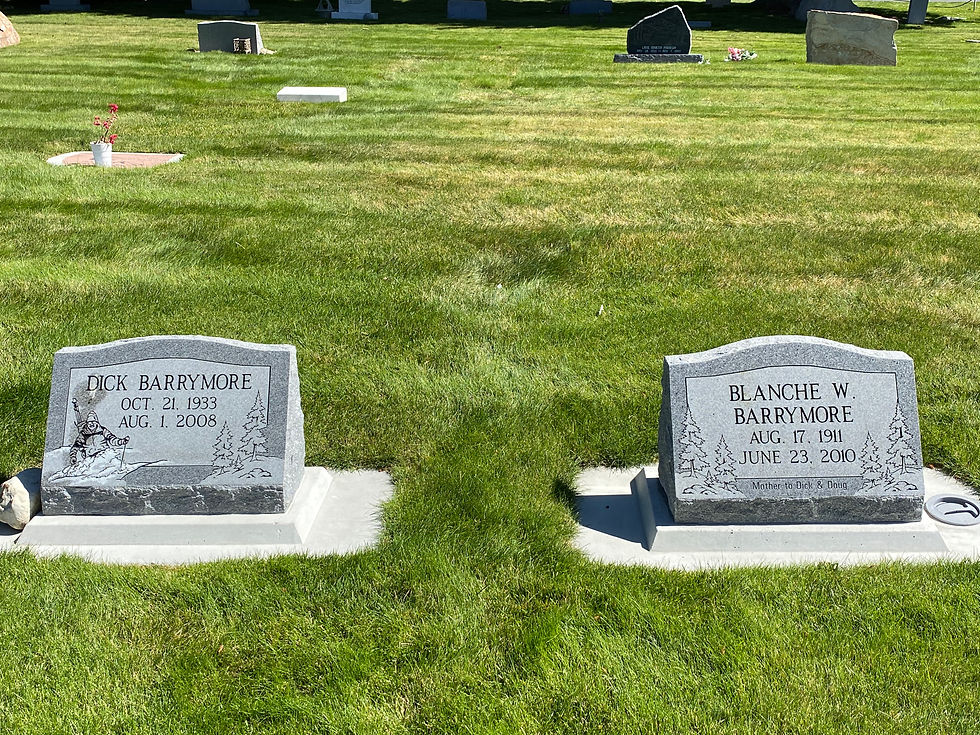
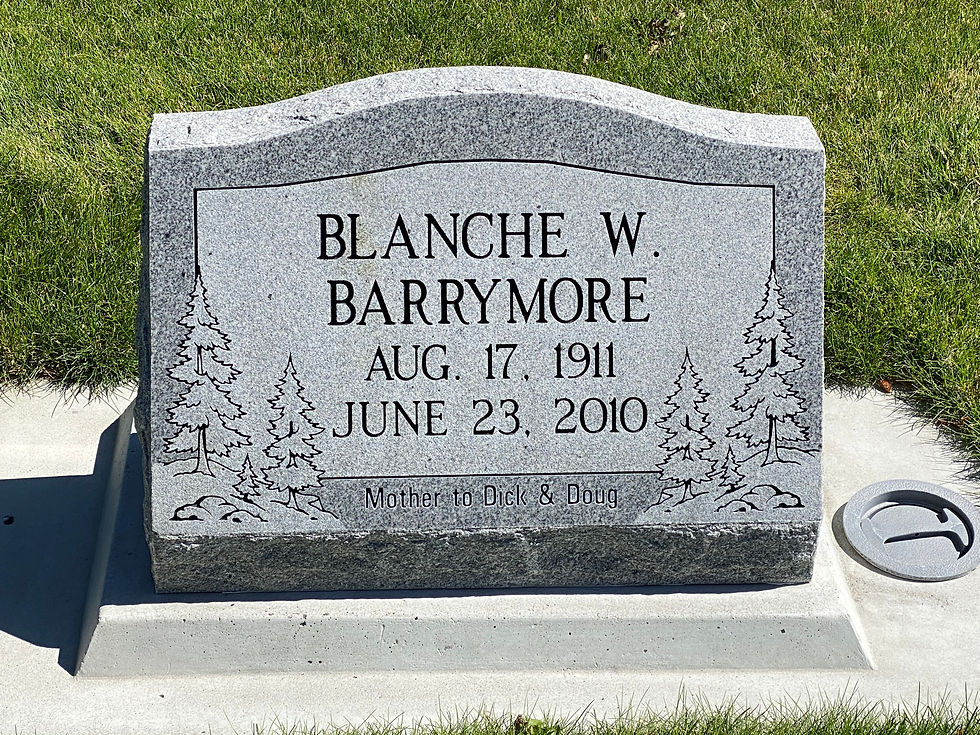
Dick Barrymore's father was William Barrymore. Barrymore's real name was Elia Bulakh. He was a Cossack in the army of Czar Nicholas when the Russian revolution broke out in 1917. Captured by Bolshevik troops in Siberia, he was thrown in a cell with eight other White Russian soldiers to await execution. His cellmates eventually died, and he was given a half-empty can of beef as his last meal before he was to be shot. He broke off the lid, sharpened it, sneaked up behind a guard, cut his throat with it and escaped. He made his way to China, and then to the US, where he settled in Los Angeles and eventually became an actor. He at first used the name Boris Bullock, but a director on one of his westerns changed it to William Barrymore, hoping to make audiences think he was a member of the famous acting family. He was an actor, known for Cowboy Courage (1925, The Mansion off Mystery (1927) and Lightning Range(1933). He was married to Blanche Fowler.
"A man of many names, William Barrymore (alias Boris Bullock, alias Kit Carson) was almost certainly the only former member of the Soviet Army to star in Hollywood films. As Kit Carson, the Russian-born Barrymore starred in a series of very low-budget oaters directed by the notorious, one-legged Robert J. Horner and released by Aywon (1925-1926). When the brief series failed to garner much interest, he became Boris Bullock, an unshaven member of the supporting cast in scores of equally inexpensive Westerns, several produced by film pioneer Fred J. Balshofer. William Barrymore began appearing in low-budget action thrillers in 1926, but instead of a member of Broadway's first family, this Barrymore was simply Carson/Bullock under yet another moniker. He stayed with the latter designation for the remainder of a career that lasted until 1935, when the former Russian soldier became a deputy with the Los Angeles County Sheriff's Department. In his later years, Bullock/Carson/Barrymore founded the Mira Misa Village Players near his home outside of San Diego, CA."
Gretchen and Donald Fraser

"Donald and Gretchen Fraser were an extraordinary couple. They were both Olympic skiers, they shared a birthday and they died just 36 days apart. They spent many years in Sun Valley for competitions and vacations and chose it as their permanent home after they retired.
In addition to being expert skiers, the Frasers were both accomplished pilots. Gretchen rode horses all her life, served on the Olympic Equestrian Committee and played a key role in opening Olympic equestrian competitions to women.
They created the Donald W. and Gretchen K. Fraser Fund in ICF in 1994 through their estate planning. The fund provides grants to Blaine County nonprofits.
They married in 1939 and both made the U.S. Olympic Ski Team in 1940, but the Games were canceled that year because of World War II. In 1948, 29-year-old Gretchen was again named to the Olympic ski team. She took silver in the combined event and two days later came in first in the slalom, becoming the first American ever to win gold at the Winter Olympics. Gretchen’s Gold ski run at Sun Valley and Gretchen’s Restaurant in the Sun Valley Lodge are both named for her."
Such beautiful artwork on the tombstones. Some interesting sayings! So many young people died too early.



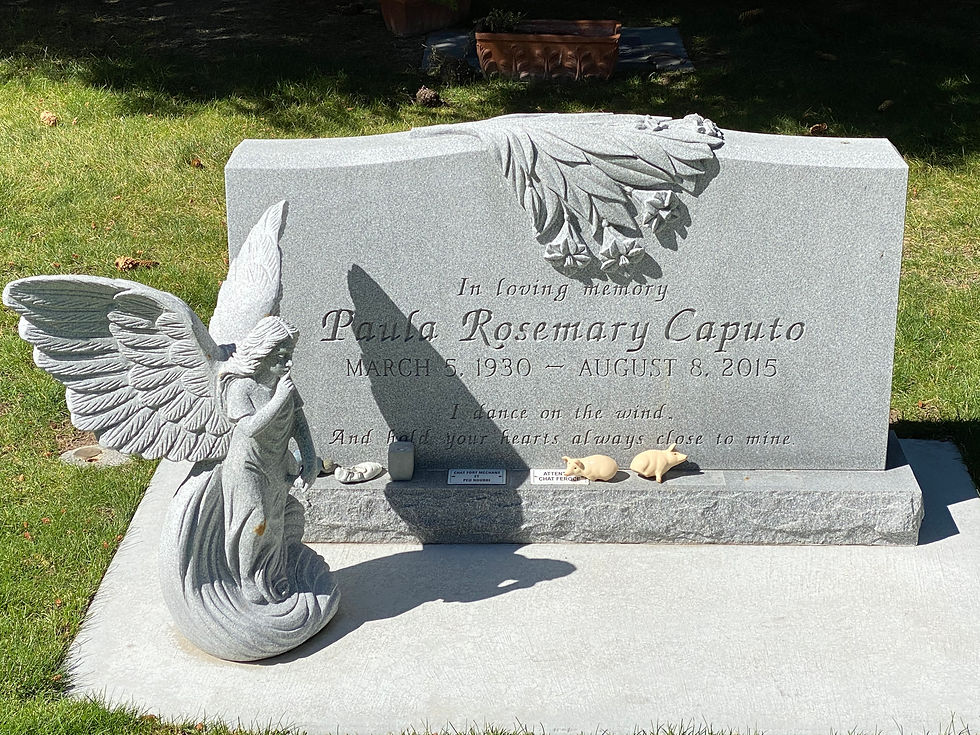



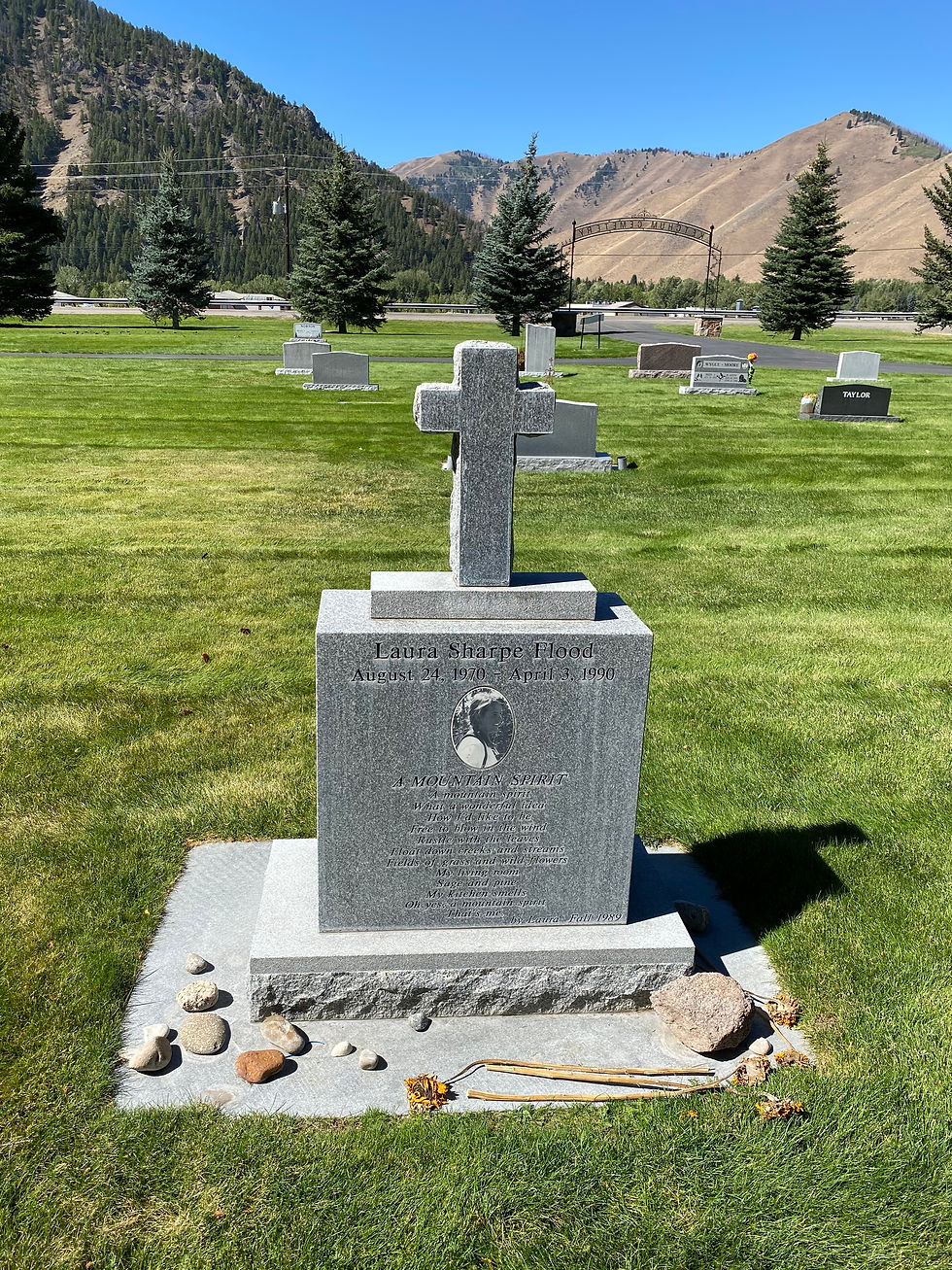


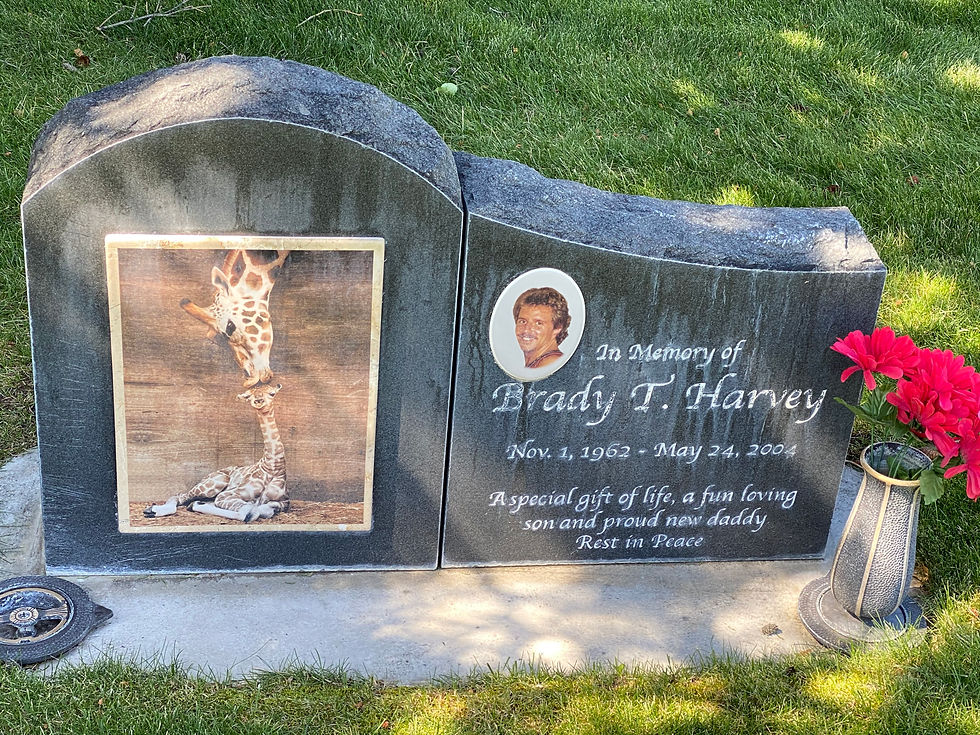





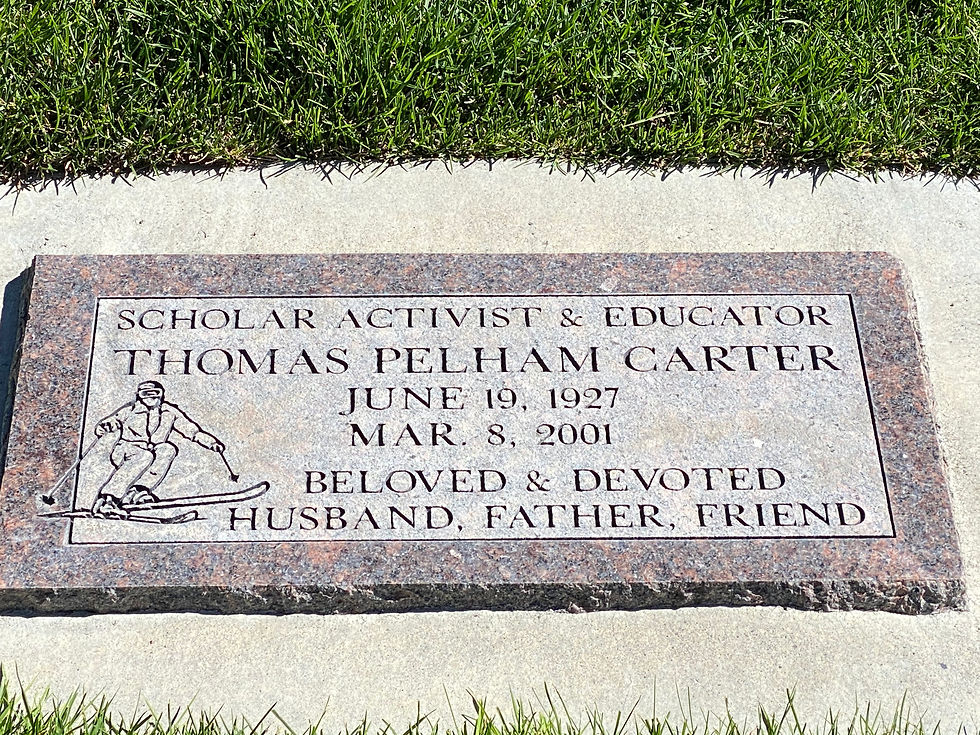






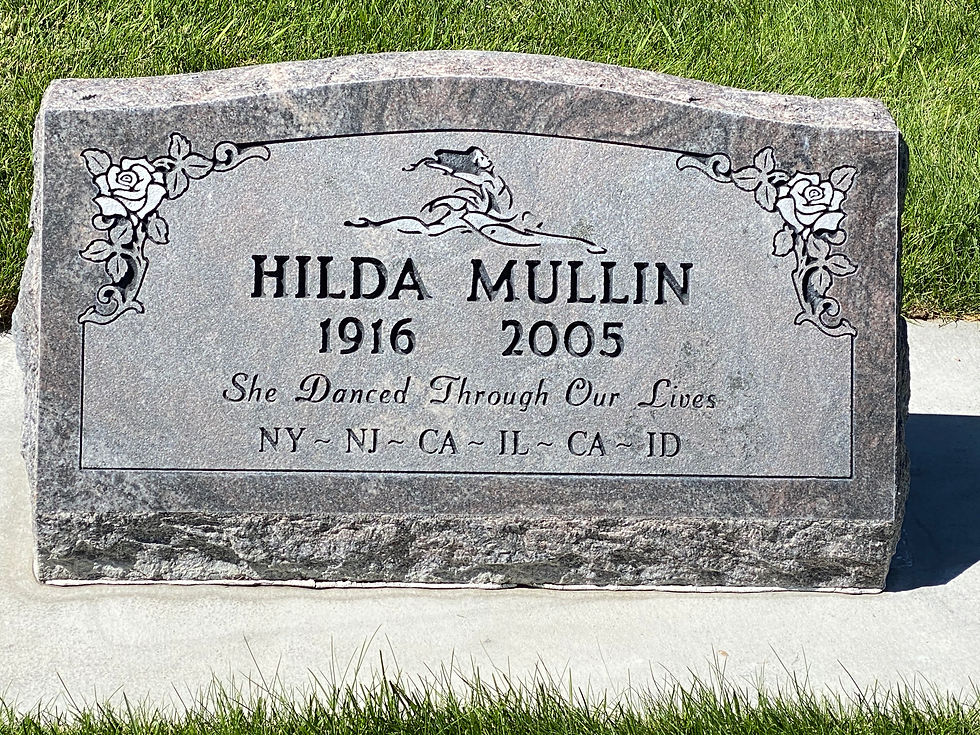



We have seen, the last couple days, the hiking trails and bike paths by Baldy so we thought we would try them out.

We decided to walk along the bike path.







I had the wrong camera but.... it was still fun taking pictures of trees and plants.
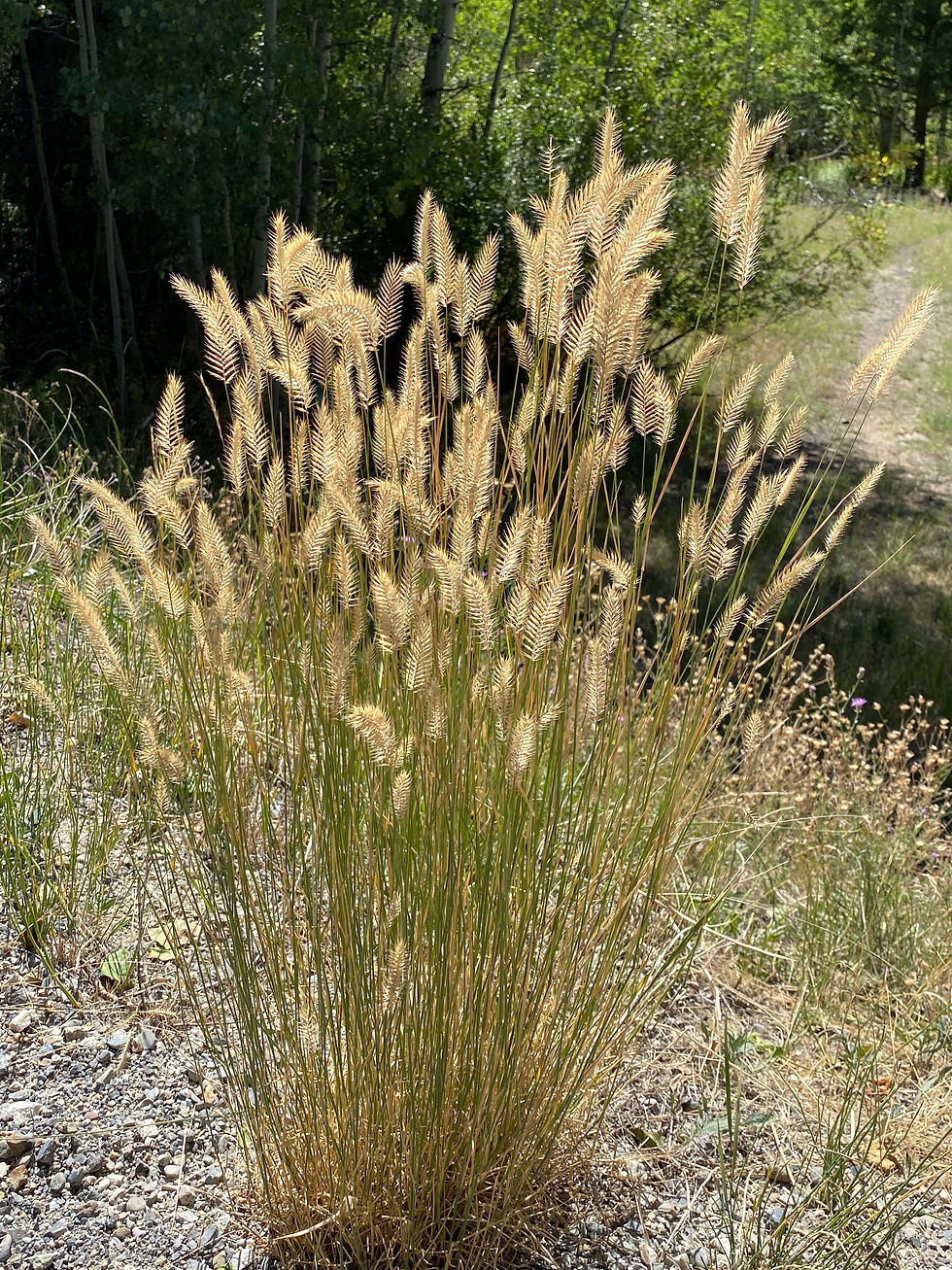


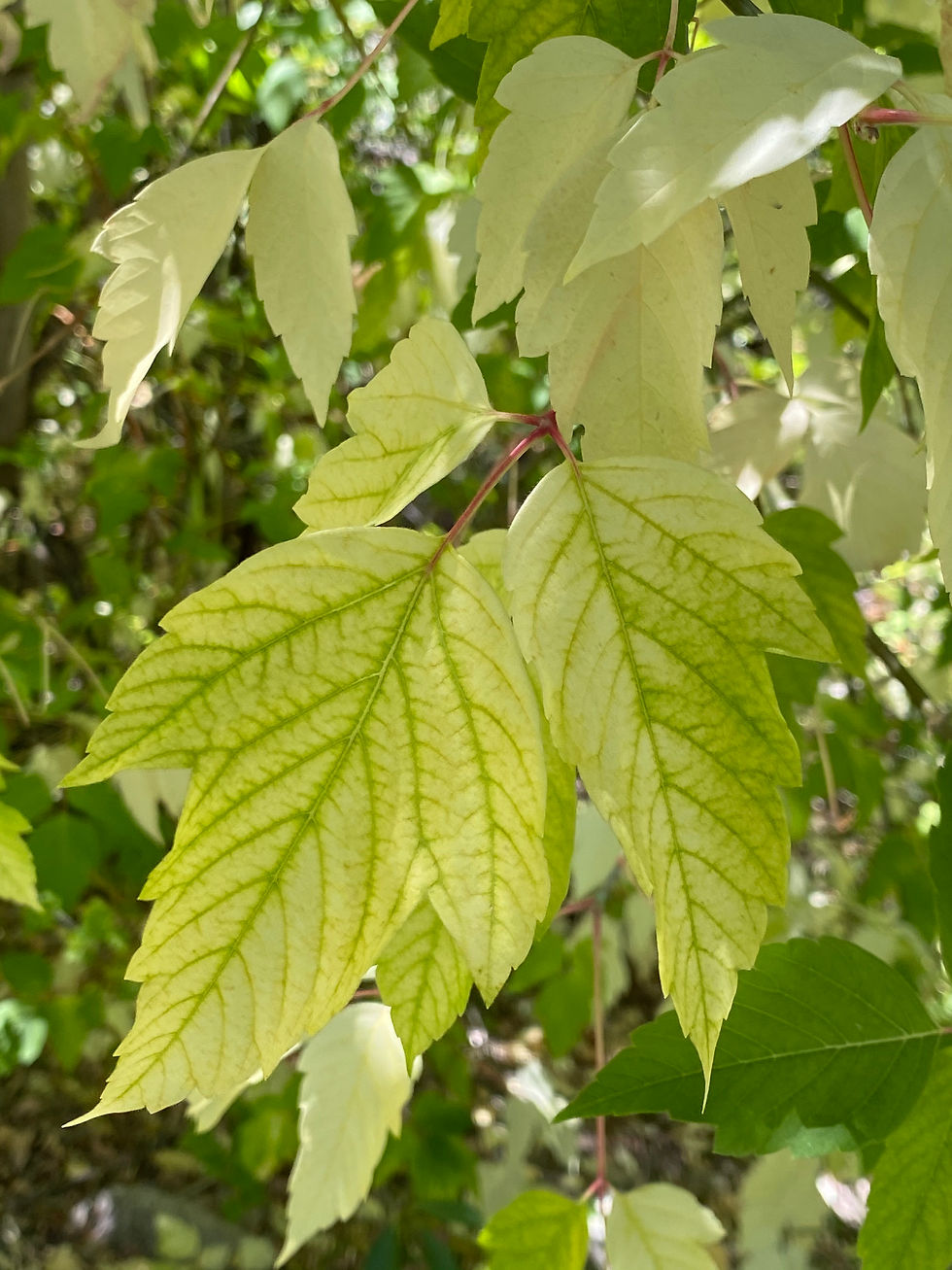



You can never tell what is around the bend!

We could not figure out what this was from this side. Luckily, they have a sign explaining what this is.



"Inspired by lava tubes under the surface of craters of the moon national monument in Idaho, artist John Gradehas realized an 80 foot long, 13 foot high and 20 foot wide sculpture called ‘spur’.after visiting the national preserve — where ‘spur’ was temporarily installed from June to October 2016 — grade digitally scanned the interior of a lava tube, becoming the basis of the installation. large enough for visitors to walk through, ‘spur’ is made from Alaskan yellow cedar and features flame charred interior surfaces that draw from the site’s extraordinary geology. The journey through the sculpture mimics the unique experience of exploring caves within the park.
In the fall of 2016, Grade relocated and permanently installed ‘spur’ in the city of Ketchum. The sculpture is sited adjacent to a 20-mile long bike path, built along tracks the Union Pacific Railroad once traveled, that links the four cities in the Wood River Valley region. The installation draws from the history of the railroad, particularly the ‘spur’ line that once diverged north from the main tracks, joining the Craters of the Moon National Monument and the Wood River Valley. The Ketchum site still holds a small section of track, and ‘spur’s’ charred black surface and horizontal spines evoke railroad tracks and allude to the bike path’s history."







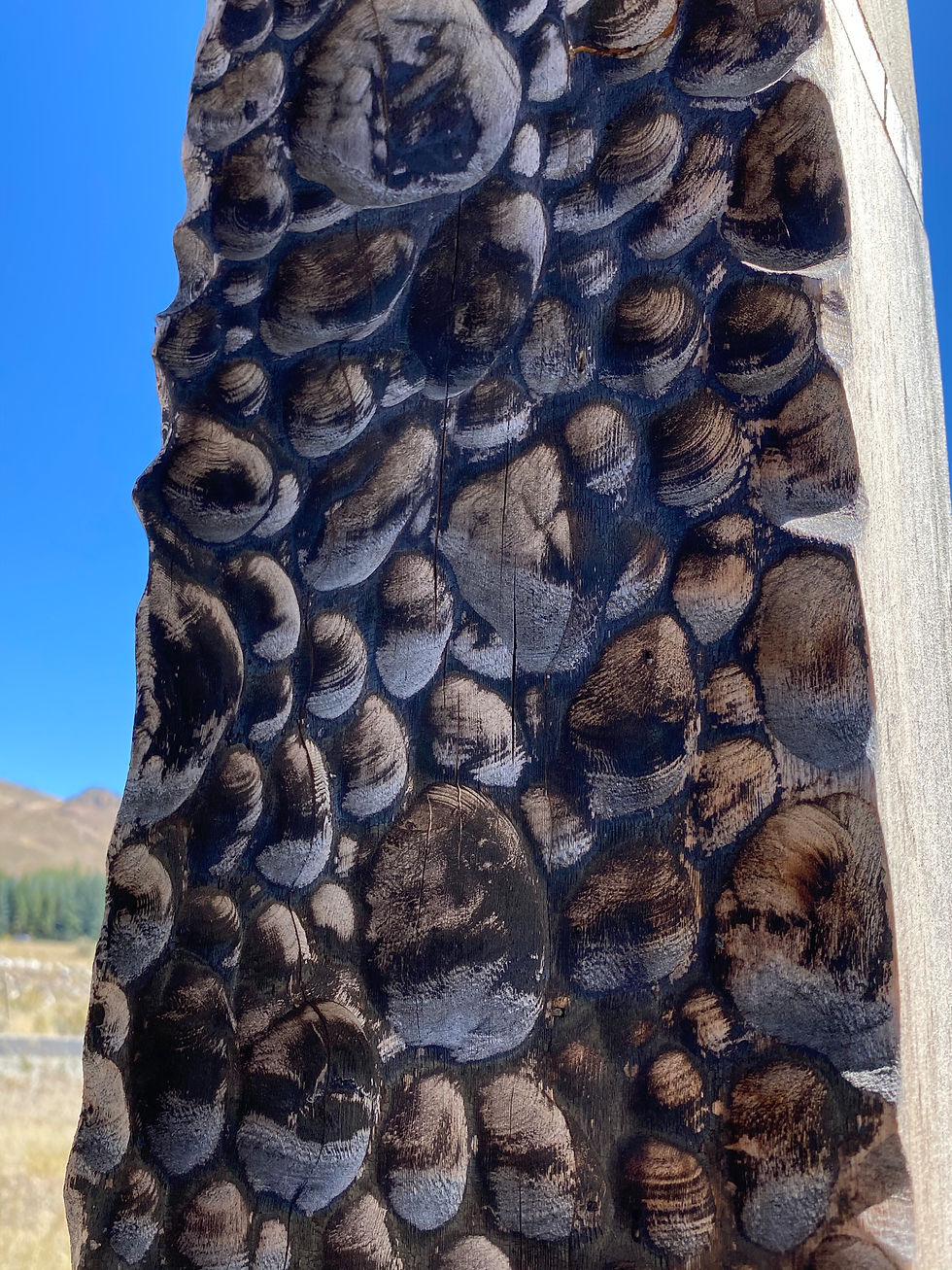







silky lupine



I turned around quickly and saw this tree that had fallen. They cut the end so it wouldn't block the bike path.

I absolutely love the colors!!!!!
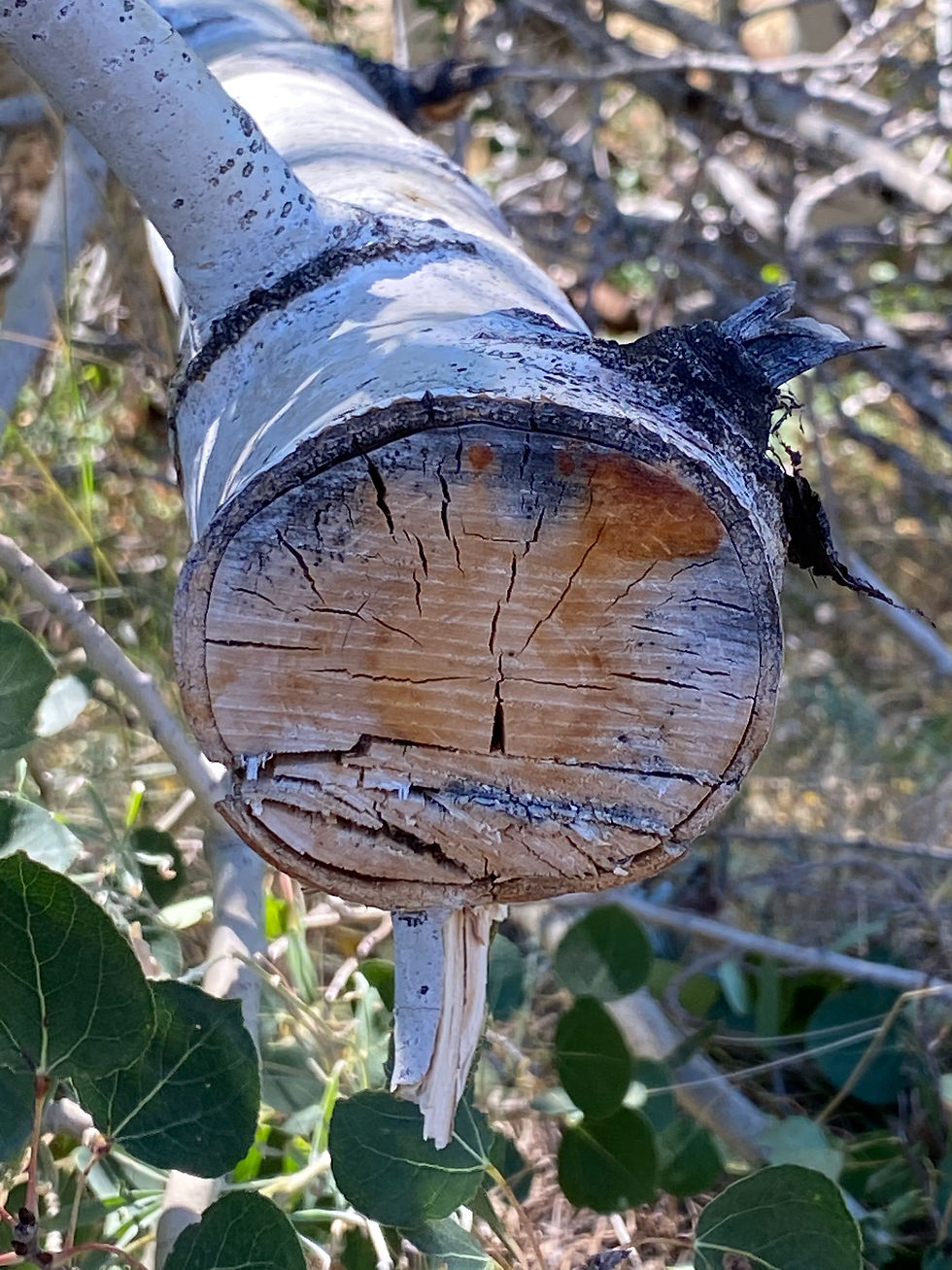
We decided to have dinner at Gretchen's here at the Lodge.
Light Tempura of Green Beans with a sweet-hot sesame mustard sauce.

Cod Fish & Chips The fish is on top of the Idaho russet home fries, apple-cabbage slaw, caper & dill tartar sauce and ketchup that looks like it has a face looking back at you.

I had the Koenig Vineyards Snake River Valley Riesling Ice Wine Wonderful!! I saw one lady have the Koenig Huckelberry lemonade. I might have to give it a try, next time.

Another day comes to a close.


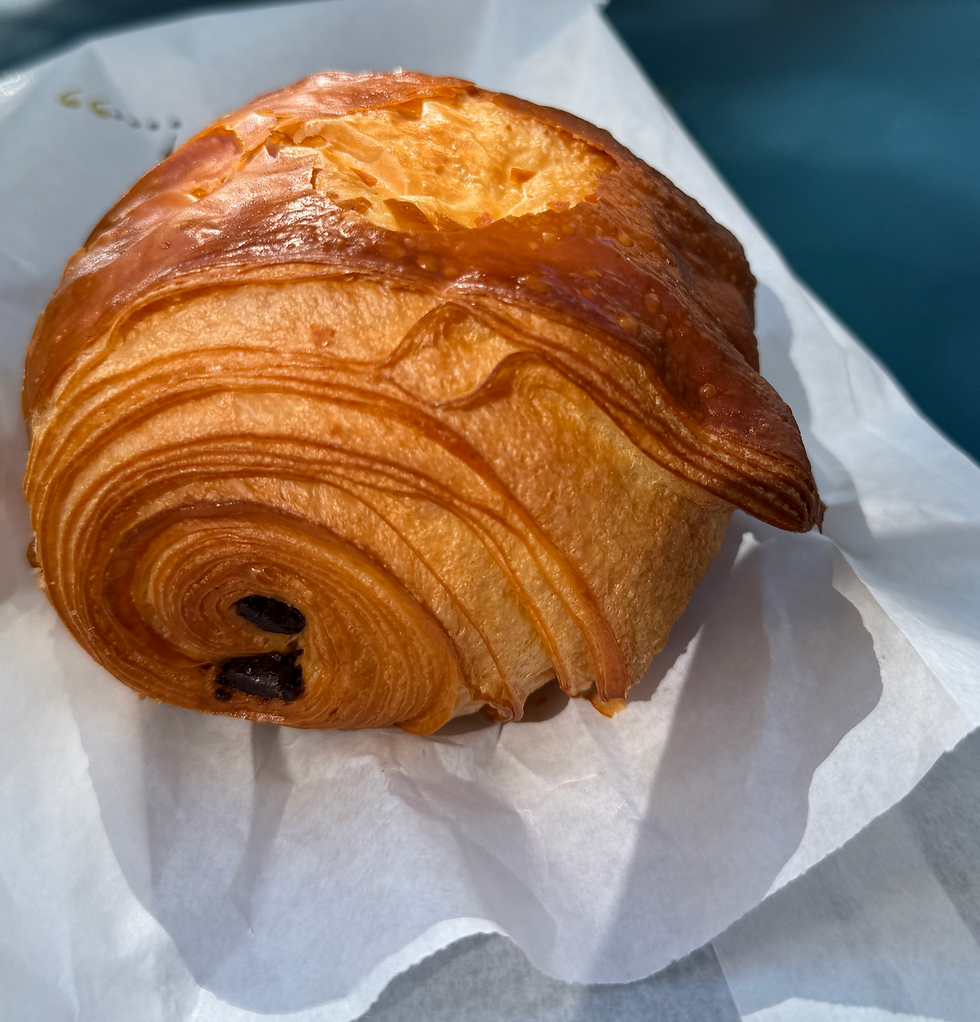


Comments